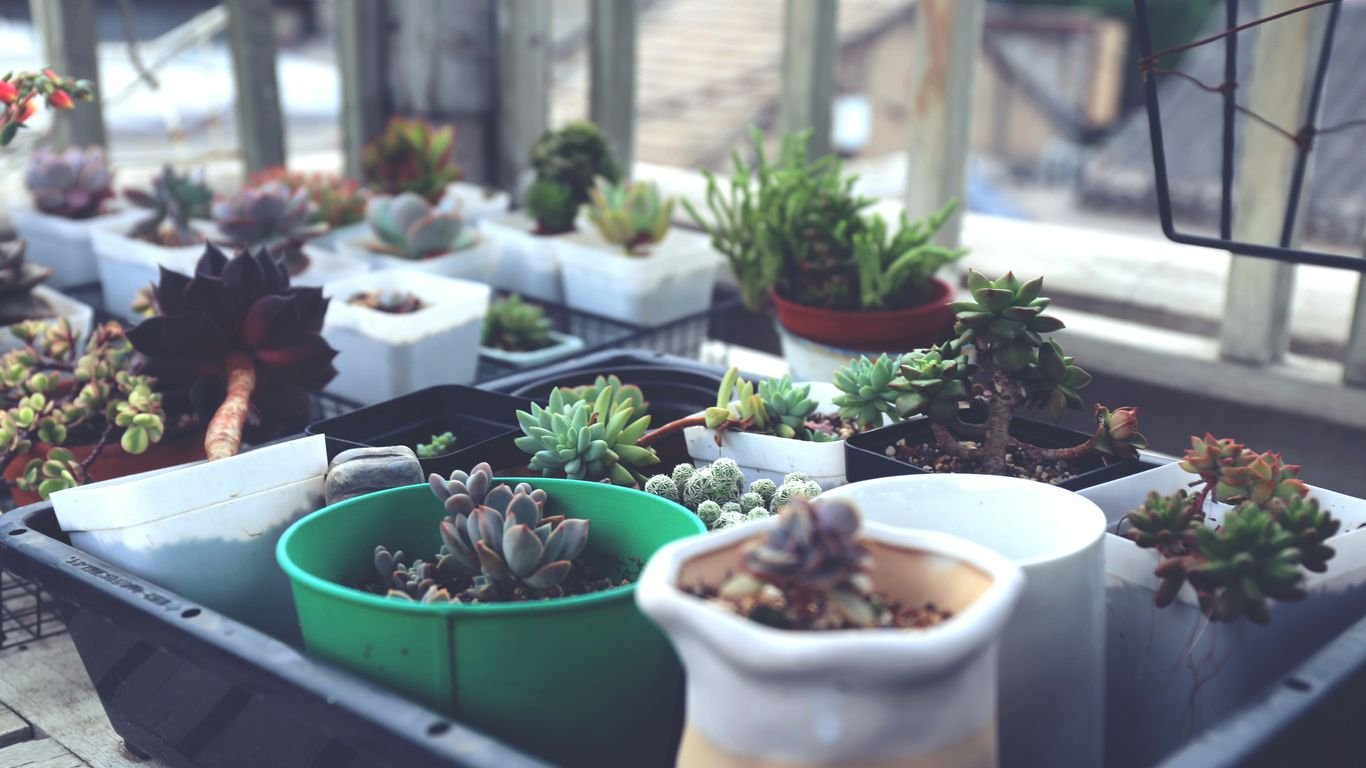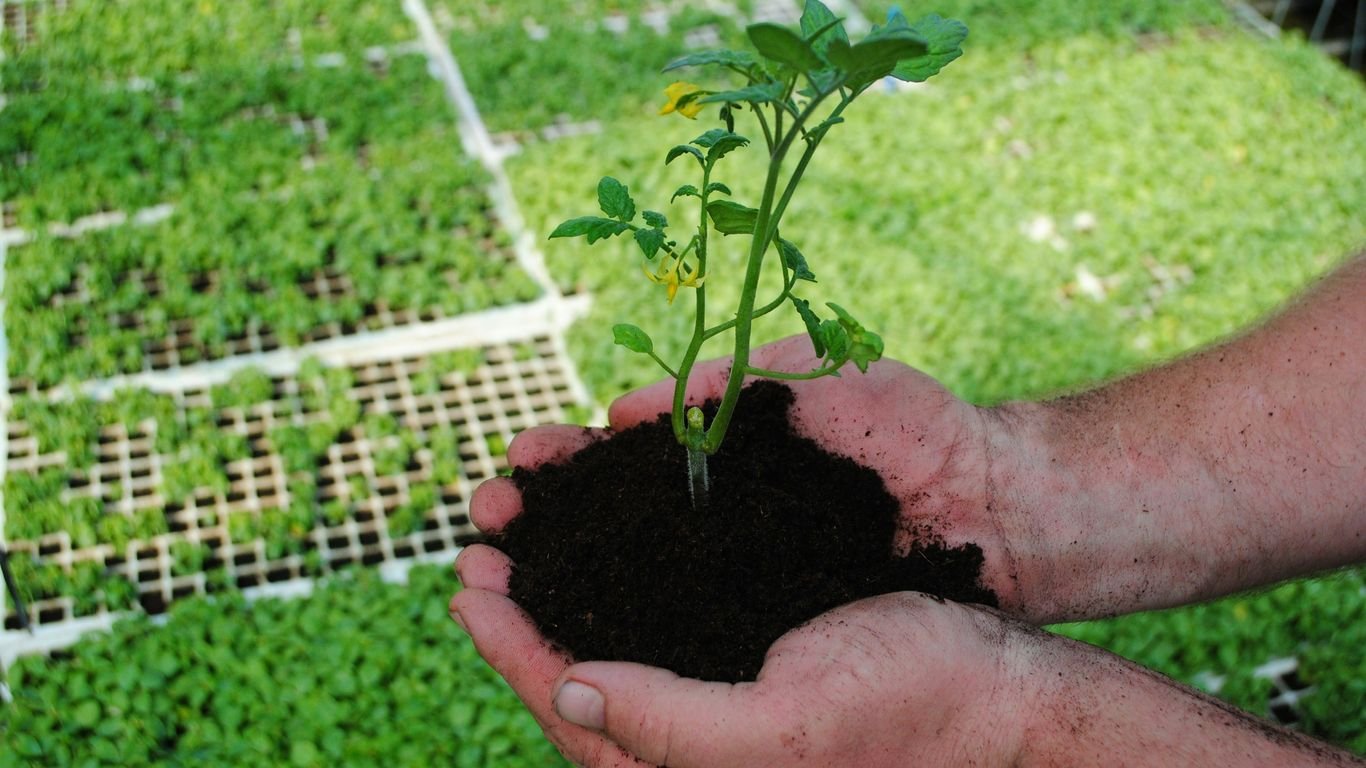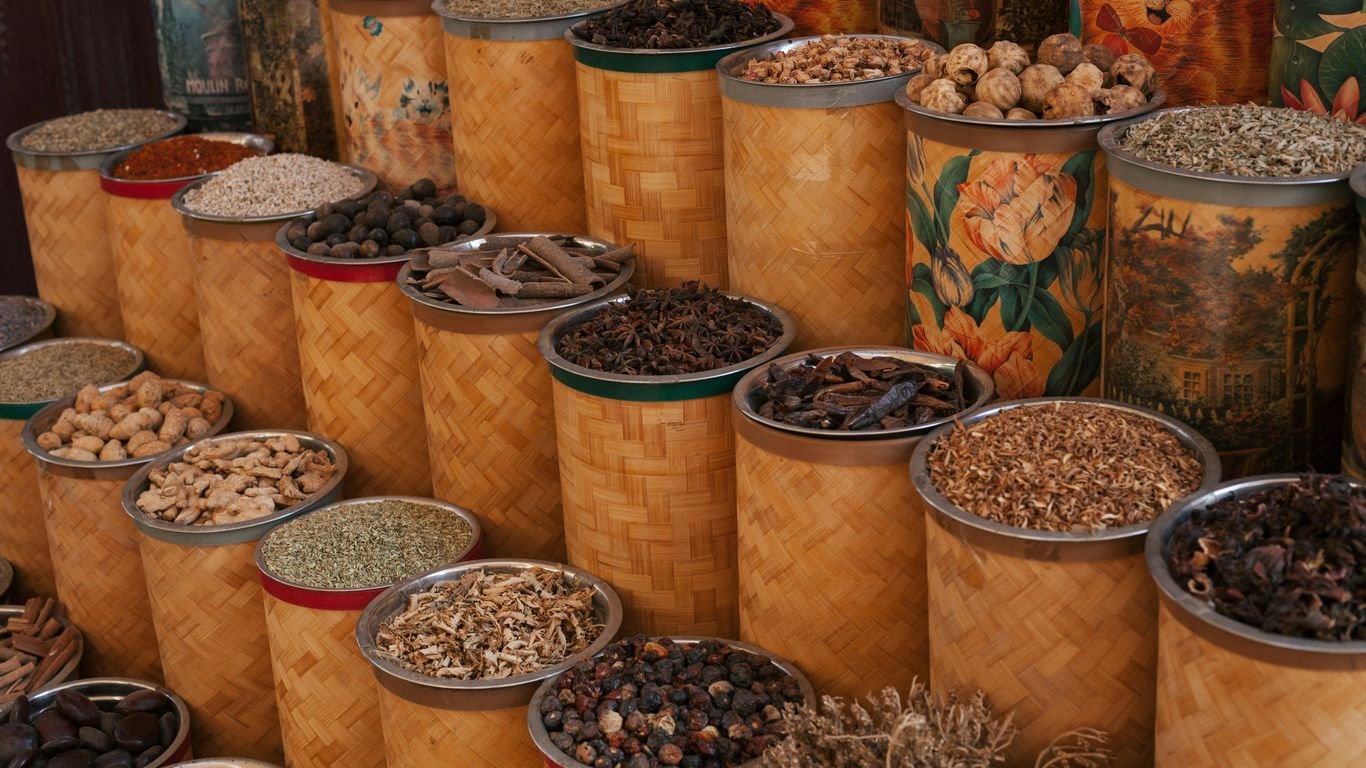Zone 7 Early Spring Planting: Cool-Weather Vegetables to Start in February

We’re getting ready for the gardening season, and if you’re in Zone 7, February is a fantastic time to start thinking about your early spring planting. The ground might still be a bit chilly, but there are plenty of cool-weather vegetables that can handle it. We’ll cover what you can get started with now, how to prep your garden beds, and some tips to keep your new plants safe. Let’s get our hands dirty!
Key Takeaways
- For zone 7 early spring planting, February is your window to start cool-weather crops like lettuce, spinach, kale, peas, radishes, and carrots.
- Understand your specific zone 7 frost dates to time your seed starting and transplanting correctly.
- Prepare your soil by amending it with compost and loosening it up to help roots grow and water drain.
- Decide whether to start vegetables from seeds indoors or buy young plants (starts) for a quicker garden.
- Protect your young plants from late frosts using row covers or blankets, and water them carefully to avoid overwatering.
Getting Started With Zone 7 Early Spring Planting

February might seem early to be thinking about planting, but for us in Zone 7, it’s prime time to get a head start on our cool-weather vegetable garden. The days are starting to get a little longer, and while the air is still crisp, the soil is beginning to wake up. This is the perfect window to get some hardy greens and root veggies into the ground, or at least started indoors.
Knowing your last frost date is pretty much the golden ticket for early spring planting. For Zone 7, we’re generally looking at the middle of April for our last expected frost. This doesn’t mean we won’t get a rogue cold snap, but it gives us a good target. It’s always a good idea to keep an eye on the weather forecast and have some protection like frost cloths ready, just in case.
- Last Average Frost Date: Mid-April
- First Average Frost Date: Mid-November
- Growing Season Length: Approximately 7 months
This generous growing season means we can often get two harvests of some crops and have a good long run with others.
Before we can get seeds in the ground, our soil needs a little attention. If your soil is workable – meaning it’s not frozen or waterlogged – now’s the time to amend it. We like to mix in some compost or well-rotted manure. This gives our early crops the nutrients they need to get going.
Weeding is also a good idea before you start planting. Clearing out any lingering weeds from last year gives your new seedlings a better chance to thrive without competition.
For many cool-weather crops, starting from seed directly in the garden is totally doable in February or early March. Things like spinach, radishes, and peas are pretty forgiving. However, if you’re a bit impatient like me, or if you want a head start on things like broccoli or onions, starting them indoors a few weeks earlier can be a smart move. Buying small plants, or ‘starts,’ from a nursery is also an option if you’re short on time or space for indoor seed starting.
- Direct Sowing: Great for quick growers like radishes and hardy greens. Needs soil to be workable.
- Indoor Seed Starting: Ideal for crops that need a longer head start, like broccoli or onions. Requires lights and a warm spot.
- Buying Starts: A convenient option for a quick transplant into the garden. Look for healthy, compact plants.
Leafy Greens That Love the Cool

As soon as the soil is workable in February, we can start thinking about getting some leafy greens into the ground. These cool-weather champions are perfect for our early spring garden, offering a fresh harvest before the summer heat even thinks about showing up. Don’t underestimate the power of a crisp salad made with greens you grew yourself!
Lettuce Varieties for a Spring Harvest
Lettuce is a go-to for early spring planting. We can sow seeds directly into the garden beds. For a continuous supply, we should try planting a mix of leaf lettuce types and practice ‘cut-and-come-again’ harvesting. This means we just snip off the outer leaves, and the plant keeps growing more from the center. It’s a great way to get multiple harvests from one planting. If the weather starts to warm up, a little partial shade can help keep the leaves tender.
Spinach for Early Garden Success
Spinach is another fantastic choice for February planting. It’s pretty tough and can handle some chilly weather. We can sow seeds directly, and it grows relatively quickly. Keeping the soil consistently moist is key for good growth. Plus, spinach is super versatile – great in salads, smoothies, or lightly cooked.
Kale’s Frosty Flavor Boost
Kale is a real trooper in the garden. It actually tastes better after a light frost, which is perfect for our early spring conditions. We can plant kale seeds or starts now. Like lettuce, harvesting the outer leaves allows the plant to keep producing. It’s a nutrient powerhouse and adds a wonderful texture to meals.
Root Vegetables to Sow Now

February might seem early, but it’s actually a fantastic time to get some root vegetables started for your Zone 7 garden. We’re talking about crops that can handle a bit of chill and will be ready to harvest before the summer heat really kicks in. It’s all about getting a head start!
Carrots for Loose, Deep Soil
Carrots are one of those veggies that just taste better when they have room to grow. We want to make sure our soil is nice and loose, especially where we plan to sow our carrot seeds. If your soil is heavy or rocky, it can really stunt their growth, leading to weirdly shaped roots. So, before you sow, give the bed a good loosening. We can direct sow carrot seeds right into the ground now. Just remember, they need consistent moisture to germinate, so don’t let the seedbed dry out. Patience is key here; they can take a week or two to pop up.
Radishes for Quick Rewards
If you’re looking for instant gratification, radishes are your best friend. These little guys are super fast growers and can be sown directly into the garden bed. We can get a harvest from radishes in as little as 3-4 weeks. They love the cool weather, so planting them now means they won’t get woody or too spicy. Just sow the seeds about a half-inch deep and keep the soil moist. We can even succession plant them every couple of weeks for a continuous supply.
Beets for Small Spaces and Cold Weather
Beets are another great option for early spring planting. Not only do we get the delicious roots, but we can also eat the greens! They’re pretty hardy and can handle some frost, making them perfect for February sowing. We can sow beet seeds directly into the garden. They don’t need super deep soil, so they’re good for smaller garden plots or containers. Just make sure the soil isn’t too wet when you plant. Like carrots, they need consistent moisture for good germination and growth.
Getting these root veggies in the ground early means we can enjoy fresh produce sooner and avoid the rush of planting everything when it gets warmer. Plus, they’re pretty forgiving if the weather is a bit unpredictable.
Here’s a quick look at what we’re sowing:
- Carrots: Sow seeds directly. Need loose, deep soil. Keep moist for germination.
- Radishes: Direct sow. Fast growing, ready in about a month. Succession plant for continuous harvest.
- Beets: Direct sow. Edible greens too. Tolerant of cool weather and frost.
Brassicas and Alliums for Your Garden
February is a fantastic time to get a head start on some of our favorite cool-weather crops. We’re talking about those sturdy brassicas and the foundational alliums that can really set the stage for a productive garden year. It might still feel a bit chilly, but these plants are tough and ready to go.
Broccoli’s Early Start
Broccoli is one of those vegetables that just seems to thrive in cooler weather. We can start seeds indoors now, giving them a good head start before transplanting them out later in the month or in early March. When choosing varieties, look for ones that mature quickly, as this helps us get a harvest before the summer heat really kicks in and makes them bolt. If you’re in Zone 7, you’re in a great spot for this. We want to make sure we’re giving them plenty of sun and keeping the soil consistently moist but not soggy. Remember to protect those young seedlings from any late frosts we might get.
Onions: From Seed to Bulb
Starting onions from seed can seem a bit daunting, but it’s totally doable and quite rewarding. We can sow onion seeds indoors now, and by late February, we might even be able to direct sow some sets or seeds outdoors, depending on the weather. It’s important to know if you need long-day or short-day varieties based on where you live; for Zone 7, we’re generally looking at long-day types. Getting them started early means we’ll have nice bulbs come summer. We’re aiming for well-drained soil for these guys.
Cabbage and Its Cool-Weather Companions
Cabbage, along with other members of the brassica family like cauliflower and Brussels sprouts, also benefits from an early start. Just like broccoli, we can begin these indoors now. When we transplant them out, spacing is key. We need to give them enough room to grow into those big heads we love. A little bit of protection, like row covers, can be a lifesaver against early pests and unexpected cold snaps. These plants are pretty forgiving and can handle a bit of frost once they’re established. We can also think about planting kohlrabi and collards around this time, which are also hardy brassicas that do well in the cool spring weather.
We’re preparing our soil by adding compost and making sure it drains well. This is a good time to get those beds ready so that when the weather warms up a bit more, we’re not scrambling. A little bit of planning now goes a long way for a successful harvest later.
Legumes and Other Early Risers
We’re always looking for ways to get a jump on the growing season, and thankfully, some of our favorite legumes and other zesty greens are happy to oblige. These are the plants that don’t mind a bit of chill in the air and can often be sown directly into the ground once the soil is workable, even if it’s still a little cool.
Peas for a Sweet Spring Treat
Peas are a classic cool-weather crop, and for good reason. They germinate best in cooler soil temperatures, giving us a fantastic head start. We love sowing both shelling peas and snap peas as soon as we can get a shovel into the ground. Providing a simple trellis or support structure is key for most pea varieties, helping them climb and keeping the pods off the soil, which reduces disease. Plus, who can resist snacking on a few fresh peas right off the vine?
- Planting Time: As soon as the soil can be worked in February or March.
- Support: Trellises, netting, or stakes are needed for climbing varieties.
- Harvest: Typically 6-8 weeks after planting.
Asian Greens for a Zesty Kick
If you’re looking to add some spice and variety to your early spring salads, Asian greens are the way to go. Many of these, like bok choy and tatsoi, are incredibly cold-hardy and can tolerate light frosts. They grow quickly, offering a welcome peppery or mustardy flavor when other fresh greens are scarce. We find they do best when sown directly, and succession planting every couple of weeks means a continuous harvest.
We often mix a few different types of Asian greens together in the same bed. They don’t take up much space and mature at slightly different rates, giving us a varied harvest over several weeks. It’s a simple way to get a lot of flavor and nutrition from a small patch of garden.
Protecting Your Early Spring Garden

Even with the best planning, early spring gardening in Zone 7 can throw us a curveball, usually in the form of a surprise frost. We’ve all been there, watching those tiny seedlings we’ve nurtured so carefully get nipped by a cold snap. But don’t worry, we can take steps to shield our precious plants and keep them thriving.
Shielding Seedlings from Frost
When the weather forecast hints at a late freeze, it’s time to act. The key is to have a plan before the cold hits. We can use simple materials to create a protective barrier. Lightweight row covers or frost blankets are fantastic for this. They’re easy to drape over your plants and allow sunlight and water to get through, so your veggies can still breathe and drink. For smaller plants or individual seedlings, even an overturned bucket or a cardboard box can offer temporary shelter. Just remember to remove these covers once the danger of frost has passed so your plants don’t get too hot or leggy.
Here’s a quick rundown of what to use:
- Row Covers/Frost Blankets: Best for covering larger areas or multiple plants. They’re breathable and reusable.
- Old Sheets or Blankets: A good option for a quick fix, but make sure they’re not too heavy and remove them promptly.
- Buckets or Boxes: Perfect for protecting individual plants or small clusters.
- Cloches: These are essentially mini-greenhouses for individual plants, offering great protection.
It’s also a good idea to water your plants well before a predicted frost. Moist soil holds heat better than dry soil, which can help protect the roots and lower parts of the plants overnight.
Watering Wisely in Cooler Weather
Watering in early spring is a bit different than in the heat of summer. The soil tends to stay damp longer when it’s cool, and we don’t want to invite problems like root rot or fungal diseases. The best practice is to water in the morning. This gives the plants and the soil plenty of time to dry out before the cooler evening temperatures set in. Before you water, do a quick check: stick your finger about an inch or two into the soil. If it feels dry at that depth, then it’s time to water. If it’s still moist, hold off for another day. It might seem simple, but getting the watering right makes a big difference in the health of our early crops.
Wrapping Up Our February Planting
So there you have it! We’ve covered a bunch of cool-weather veggies that we can get started right now in February for Zone 7. It feels good to finally get some seeds in the ground, doesn’t it? Even if it’s just starting them indoors for now, it’s the first step towards a garden full of fresh food. We’re looking forward to seeing those little sprouts pop up and eventually enjoying the fruits – or rather, vegetables – of our labor. Happy planting, everyone!
Frequently Asked Questions
When should we start planting cool-weather vegetables in Zone 7?
We can start planting many cool-weather veggies in Zone 7 as early as February. It’s best to get a jump on things when the soil is workable and before the last frost. This gives plants like lettuce and spinach a good start before the summer heat arrives.
What’s the difference between starting seeds indoors and outdoors in February?
Starting seeds indoors, like for tomatoes and peppers, gives them a head start weeks before the last frost. For things like spinach and radishes, we can often sow them directly outside in February because they handle the cold well.
How do we know when it’s safe to plant outside?
It’s important to know our area’s last frost date. We can usually plant hardy cool-weather crops like kale and broccoli outside a few weeks before the last frost. For less hardy ones, we wait until after the danger of frost has passed.
Why do some vegetables taste better after a frost?
Certain vegetables, like kale and broccoli, actually develop a sweeter flavor when touched by frost. The cold weather helps them convert starches into sugars, making them taste even better.
What should we do if a late frost is predicted after we’ve planted?
If a late frost is coming, we should protect our young plants. Using row covers or frost blankets can shield them from the cold overnight. We can remove them the next day once the temperature warms up.
How often should we water our early spring garden?
We need to be careful not to overwater in early spring because the soil stays damp longer. It’s best to check the soil by sticking a finger in about an inch deep. If it feels dry, then it’s time to water.






